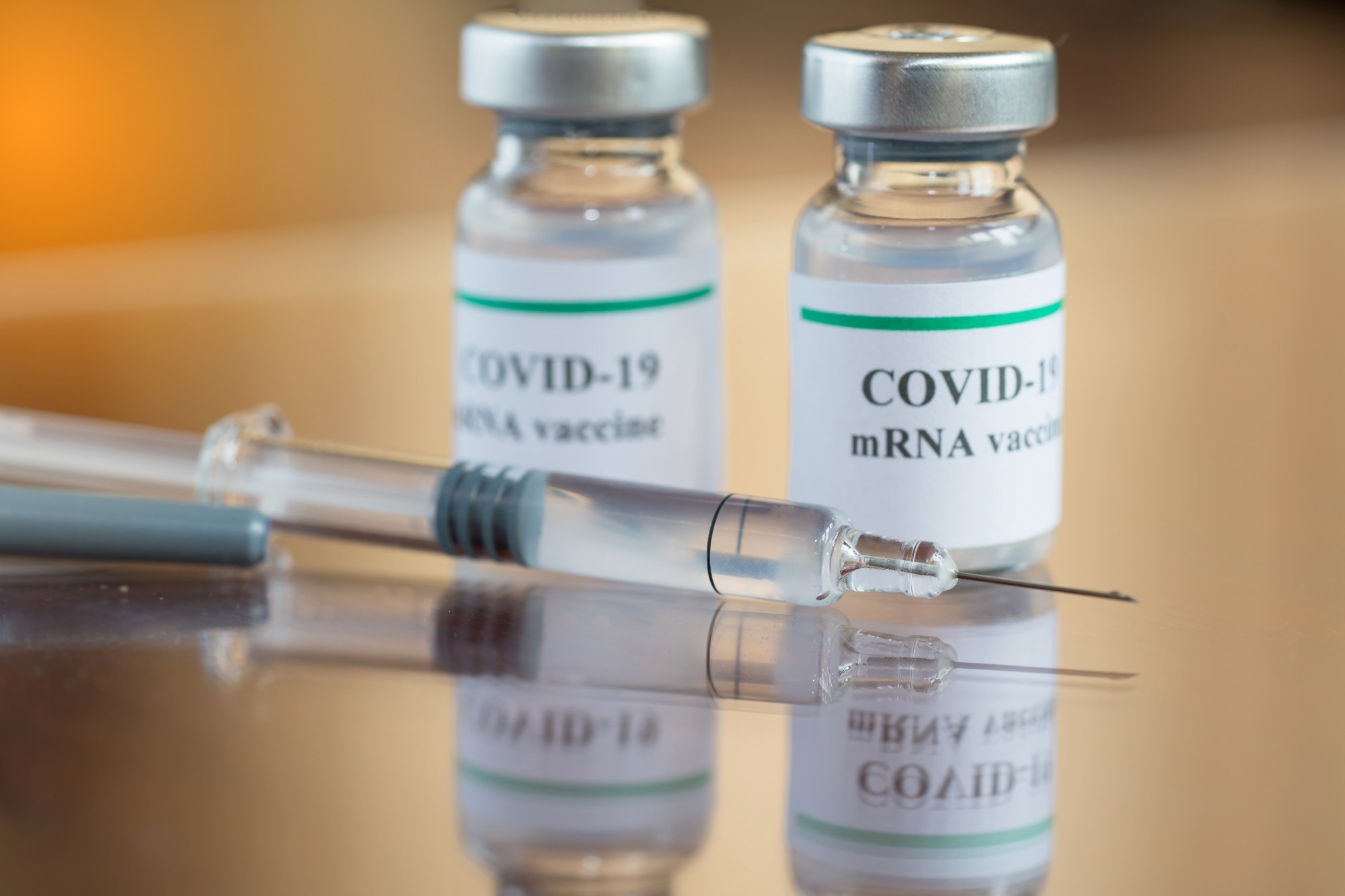Study points at low uptake of COVID-19 vaccine boosters by immunocompromised people in the US

In a recent study published in JAMA Network Open, researchers performed a retrospective cohort study among immunocompromised patients registered with Kaiser Permanente Southern California (KPSC), an integrated healthcare system in the United States of America (USA) between December 14, 2020, and August 6, 2022.

Researchers determined the uptake of messenger ribonucleic acid (mRNA) coronavirus disease 2019 (COVID-19) vaccine in these patients. Additionally, they explored the factors associated with receiving at least four booster doses.
Background
The US Centers for Disease Control and Prevention (CDC) recommends additional doses of the COVID-19 vaccine for immunocompromised individuals. In October 2021, the CDC reduced the interval between the primary two-dose vaccination regimen and the first booster dose by at least five months for better protection of immunocompromised people.
Again, in February 2022, the CDC reduced this gap to at least three months. In May 2022, CDC revised all prior recommendations. They declared that immunocompromised patients could receive a fifth dose (second booster) of an mRNA COVID-19 vaccine.
Rapidly changing CDC guidelines created confusion, and many immunocompromised people could not adhere to them. Nonadherence in this high-risk subpopulation resulted in severe COVID-19 cases with public health implications.
About the study
In the present study, researchers used the KPSC electronic health record (EHR) system to acquire data for all immunocompromised individuals ≥18 years. However, they included only those individuals who had an immunocompromising disease in the year before the study began or those receiving immunosuppressive medications when the study began. They also had to meet either of these two inclusion conditions for up to a year, i.e., December 14, 2021.
The researchers used a pre-validated algorithm to identify immunocompromising conditions and medications, which relied on the International Statistical Classification of Diseases, Tenth Revision (ICD-10) codes.
Further, the team restricted the study analyses to immunocompromised patients who received only mRNA COVID-19 vaccines. They censored a participant at demise or disenrollment from the KPSC system.
Results
The researchers screened 44529 of 3133341 KPSC members ≥18 years with at least one year of KPSC membership in December 2020, for the study. However, the final cohort had only 42,697 individuals, of which 18,789 (44%) were ≥65 years; 20061 (47%) were women, and the remaining 53% were men. The study cohort comprised Asian or Pacific Islanders, Black Americans, Hispanics, and White people, in percentages of 10.1%, 12.1%, 33.5%, and 41.9%.
While 36,606 had received a single dose of an mRNA vaccine (BNT162b2 or mRNA-1273), 1588 had received a combination of these two vaccines. Some included individuals had also received fourth and fifth doses per CDC recommendations.
By the end of the study duration, over 61% of immunocompromised patients had received three or fewer doses of an mRNA vaccine, and 37.5% had received four doses. Intriguingly, only 0.9% of patients had received five as per CDC recommendations. Also, by April 2022, i.e., six months after the CDC recommendation, barely 14% of eligible immunocompromised individuals had received a fourth dose [i.e., their first booster]). Indeed, the uptake of first and second boosters was slower in this high-risk population and failed to meet the CDC recommendations.
Moreover, these results did not vary after accounting for booster dose eligibility. Thus, of 13,054 fourth dose recipients who received it at least four months before the culmination of the study, only 391, i.e., 3%, had received a fifth dose (second booster).
A Cox proportional hazards regression analyses revealed that adults ≥65 years were more likely to receive four doses than 18-44 and 45-64 years-olds. Likewise, compared to Black and Hispanic individuals, this likelihood was higher for White immunocompromised individuals. Individuals receiving high-dose corticosteroids were also less likely to receive the booster dose of an mRNA COVID-19 vaccine.
Conclusions
The current study results highlighted a considerable gap in adherence to CDC recommendations for boosting immunocompromised individuals. In the US, COVID-19 mRNA vaccine uptake is among the highest in California. Yet, by August 2022, despite CDC recommendations, only 0.9% of immunocompromised individuals enrolled with the KPSC had received five doses of an mRNA COVID-19 vaccine. Also, only 41% had received four mRNA monovalent doses, i.e., one booster.
It is possible that vaccine hesitancy among immunocompromised individuals stemmed from some safety concerns. They might have misinterpreted changing CDC guidelines as a lack of vaccine effectiveness specifically for immunocompromised. However, the most likely reason is the confusion among medical practitioners. Amid changing CDC guidelines, they remained confused about how and at what intervals to give fourth and fifth vaccine doses to immunocompromised people.
The advent of Omicron and pandemic fatigue could have also contributed to lower uptake of booster doses in this high-risk population. Given boosters are critical for preventing severe COVID-19 outcomes and the vulnerability of this population, medical practitioners and public health personnel should make targeted efforts to ensure that immunocompromised individuals remain updated with ever-evolving COVID-19 booster dose recommendations.
- Tartof SY, Slezak JM, Puzniak L, et al. (2023). Analysis of mRNA COVID-19 Vaccine Uptake Among Immunocompromised Individuals in a Large US Health System. JAMA Network Open. doi: 0.1001/jamanetworkopen.2022.51833 https://jamanetwork.com/journals/jamanetworkopen/fullarticle/2800691
Posted in: Medical Science News | Medical Research News | Disease/Infection News
Tags: Coronavirus, Coronavirus Disease COVID-19, covid-19, Electronic Health Record, Fatigue, Healthcare, Omicron, Pandemic, Public Health, Ribonucleic Acid, Vaccine

Written by
Neha Mathur
Neha is a digital marketing professional based in Gurugram, India. She has a Master’s degree from the University of Rajasthan with a specialization in Biotechnology in 2008. She has experience in pre-clinical research as part of her research project in The Department of Toxicology at the prestigious Central Drug Research Institute (CDRI), Lucknow, India. She also holds a certification in C++ programming.
Source: Read Full Article